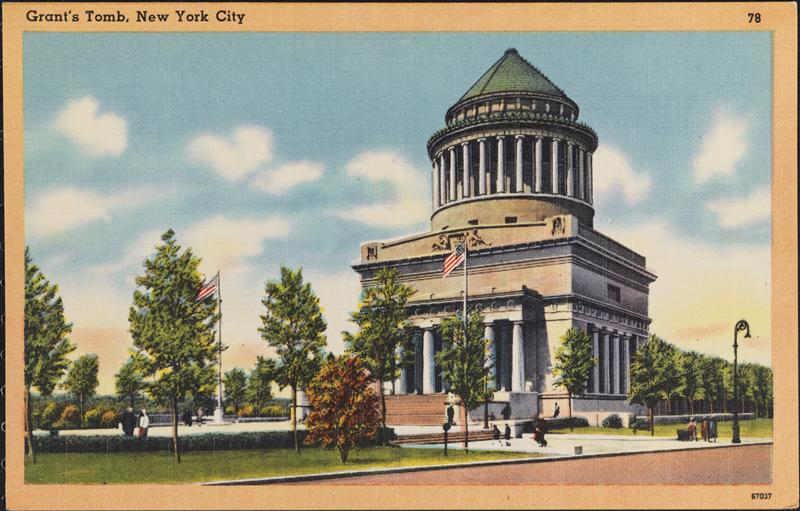Chester A. Arthur, the twenty-first president of the United States, was the fifth child of a Baptist minister. He was born on October 5, 1829, in Fairfield, Vermont. His Baptist minister father, William Arthur, hailed from Ireland, and his mother, Malvina Stone Arthur, was from Vermont. During Chester Arthur’s childhood, his family moved around Vermont and upstate New York for his father’s work.
Chester, or “Chet,” as he was known, attended Union College in Schenectady, New York. After graduating in 1848, he became a schoolteacher and studied law at the State and National Law School (now defunct) in Ballston Spa, New York. In the early 1850s, he served as the principal of schools in North Pownal, Vermont, and Cohoes, New York. In 1854, he was admitted to the New York bar and began practicing law in New York City.
Arthur took office after the death of President James Garfield (1831-1881). Although Garfield initially survived the shooting on July 2,1881, he battled infections and died two months later, at age 49, on September 19. In the early hours of September 20, Arthur was sworn in as president at his Manhattan brownstone at 123 Lexington Avenue by a New York state judge. Two days later, in Washington, D.C., Arthur was given the oath of office by the chief justice of the U.S. Supreme Court. Arthur was the second vice president to become chief executive due to an assassination.
As president from 1881 to 1885, Arthur advocated for civil service reform. A Vermont native, he became active in Republican politics in the 1850s as a New York City lawyer. In 1871, an era of political machines and patronage, Arthur was named to the powerful position of customs collector for the Port of New York. He later was removed from the job by President Rutherford Hayes (1822-1893) in an attempt to reform the spoils system.
Elected to the vice presidency in 1880, Arthur became president after Garfield died following an assassination attempt by a disgruntled job seeker. Although Chester Arthur had risen to power through machine politics, once in the White House he surprised Americans (and alienated Conkling and other supporters) by moving past partisanship.While in office, Arthur rose above partisanship and in 1883 signed the Pendleton Act, which required government jobs to be distributed based on merit. Suffering from poor health, he did not run for reelection in 1884.
Publisher Alexander K. McClure recalled, “No man ever entered the Presidency so profoundly and widely distrusted, and no one ever retired … more generally respected.”
Chester A. Arthur’s administration marks a period of transition in American politics. Women were beginning to take an active role, pressing strongly for women’s suffrage and prohibition of alchoholic beverages. Above all, the era was characterized by civil service reform, which would eventually weaken the grip of traditional ethnic and party loyalties. Despite having advanced in his career through managing the New York political machine, Arthur showed tremendous flexibility and a willingness to embrace reform. He stands as an important transitional figure in the reunification of the nation after the bitter turmoil of the Civil War and Reconstruction.

Chester Arthur – President 1881-1885





 October 1, 2019 (Tuesday)
October 1, 2019 (Tuesday) 